Creating Attractive Store Displays
Anyone working within the scope of the retail industry can tell you that how an item is displayed is nearly as important as the item itself. This is demonstrated by major marketers all over the world every day in packaging design and item placement throughout the store. When something is visually appealing, it will automatically attract more customers. This leads to more sales, and ultimately more profit for the retailer. Knowing how to set up an attractive display is the unspoken cornerstone of in-house marketing. It’s also not something that comes naturally to everyone. Being good at business or talented in retail doesn’t make one automatically good at the artistic side of things. Understanding what customers will find appealing is as much about instinct as it is about design. It requires an eye for color, balance, and an ability to show the product off to its best advantage. The goal is to sell something, and the better it looks—the more likely it is that customers will be drawn to it.
Many larger stores may have a preferred layout for their in-house displays. This is often the result of serious research into the way that sales react to different presentation tactics. The data from different stores in varying locations can be compiled and used to develop the standard for display designs. Smaller businesses or professionals with more freedom will need to come up with their own effective and unique display ideas. Fortunately, there are a huge range of products available to help make this happen. A retail supply store can provide access to all of the display cases, shelving, and other tools necessary to create visually appealing and practical designs.
One of the most recognizable and useful additions to any retail store are the acrylic displays or glass displays. We often associate these with jewelry stores or bakeries—but they can be used in almost any setting to boost sales and showcase products. A countertop showcase can work to sell products passively by placing them directly in front of the customers. It’s also a great way to keep things visible without allowing them to clutter the area. These are just a few ways to maximize display case designs:
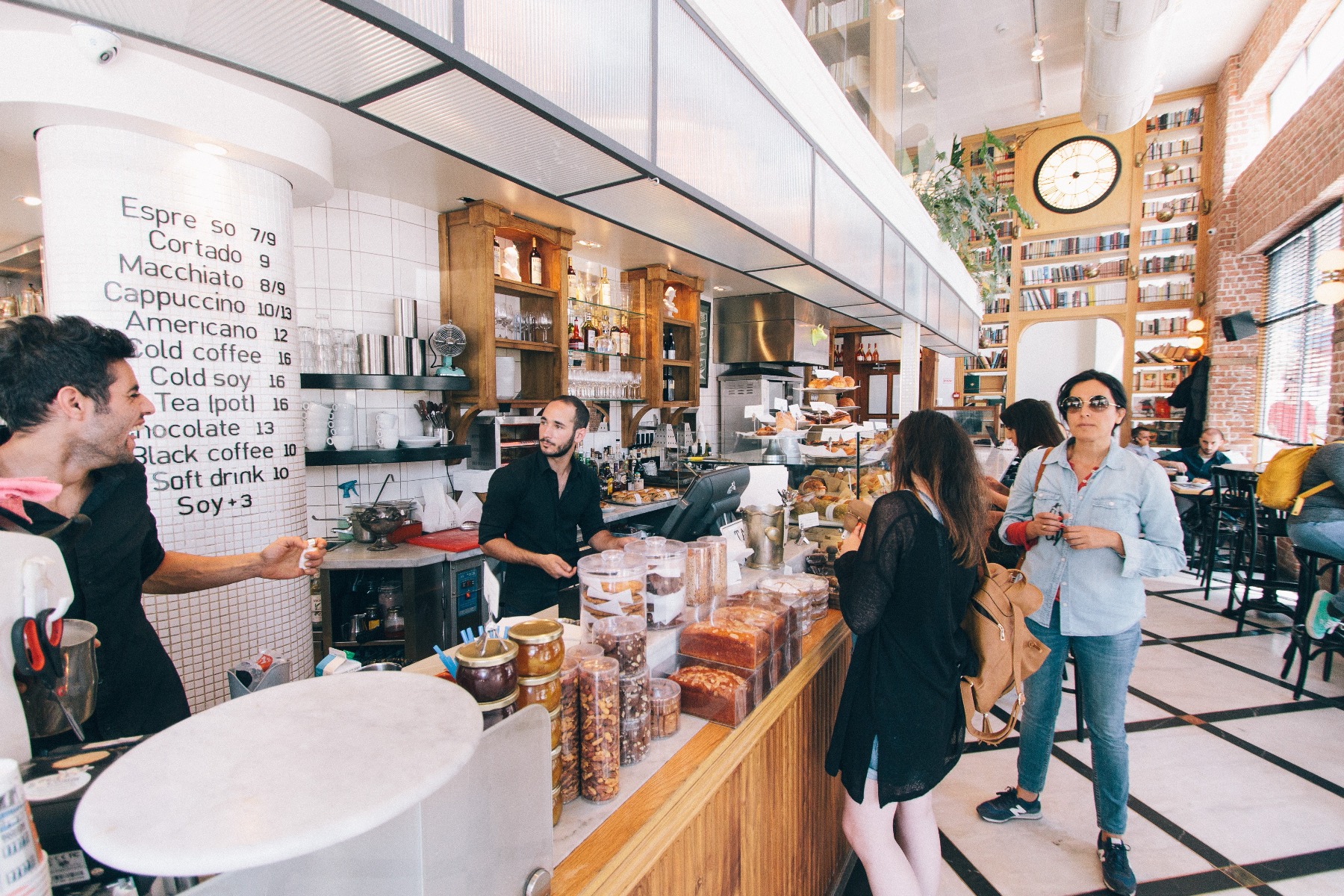
Create Depth
Use different methods of elevating the products within the showcase in order to create a more visually appealing display. Using a uniform product to complete this look makes the case look both professional and more interesting. It’s also a good way to draw the customer’s attention to specific areas in order to sell products that may need a little push. Make sure to keep items spaced far enough apart, in order to keep them from overshadowing one another. Place the smallest or most difficult to see items at the highest levels.
Avoid Conflict
Steer clear of colors or materials that will outshine your products. The display is there to show off the items being sold, not just the decorations surrounding them. Using brightly colored lining can draw the customer’s eye away from the actual products. It’s also important not to use the same color background as the primary color of the case’s contents. This can cause everything to blend together—causing confusion and a loss of interest.
Use All Available Space
Unless the entire case is designated for a single valuable or important item, the space inside it should be used for sales. Try to tastefully incorporate as many of the products being sold within the space as possible. Give them each their own section, but don’t waste valuable display opportunities. Try using higher-end items to set off others that might not be selling as well.



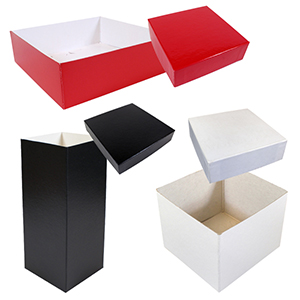
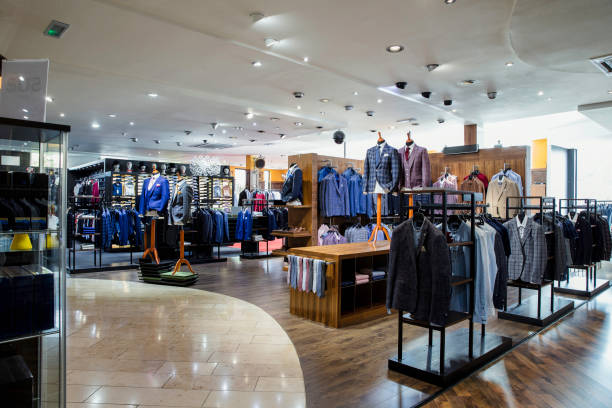
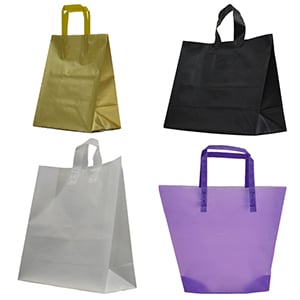
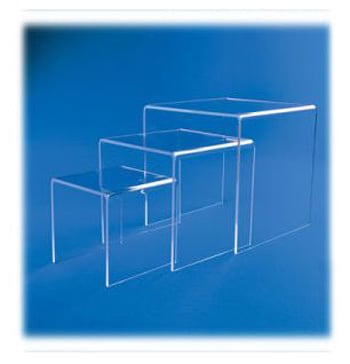
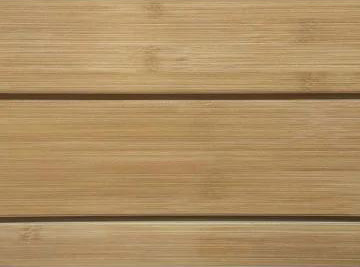

Validate your login